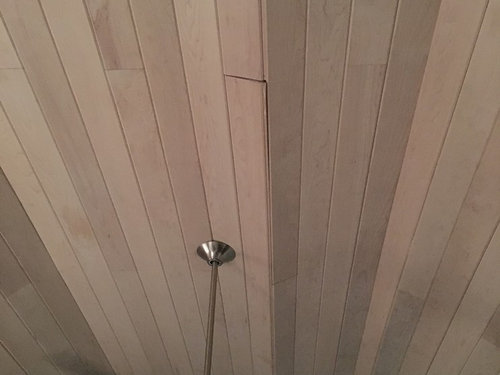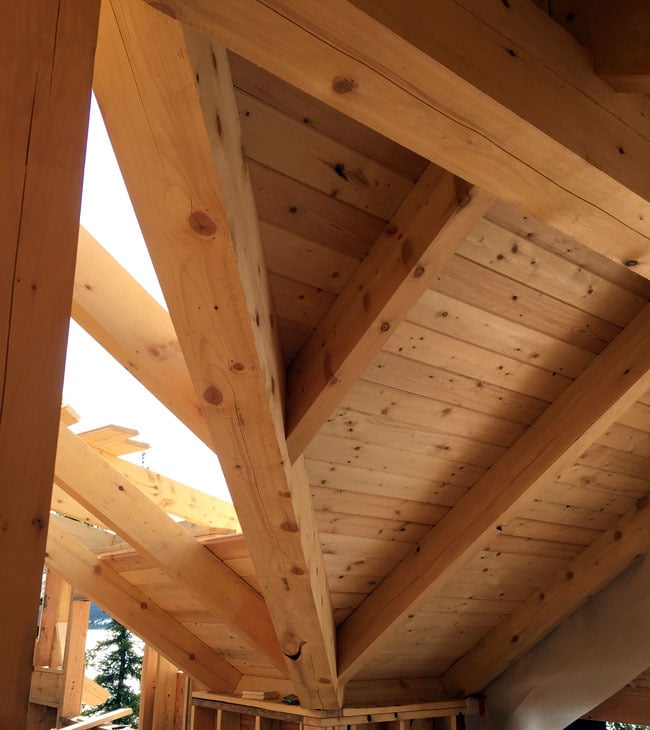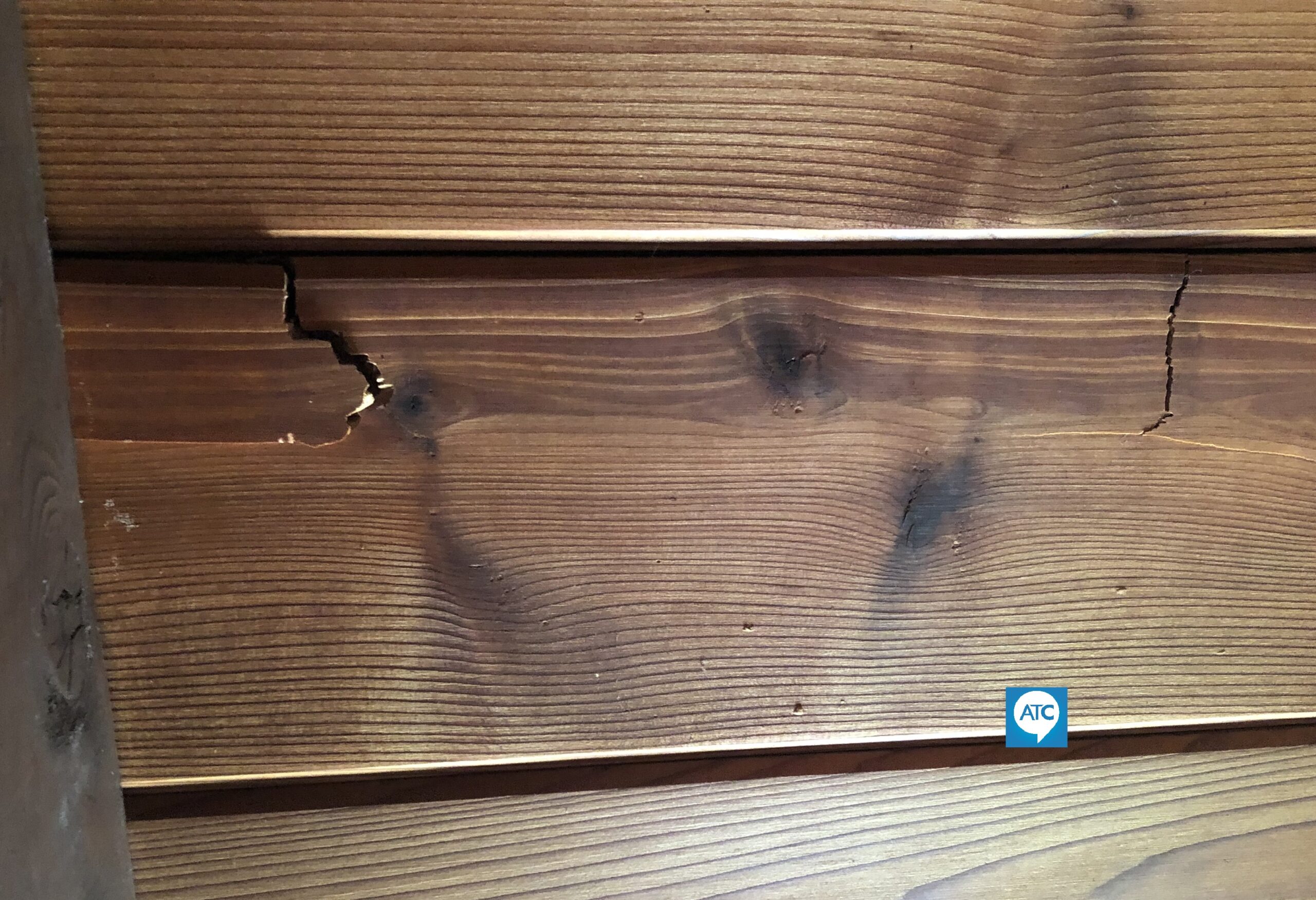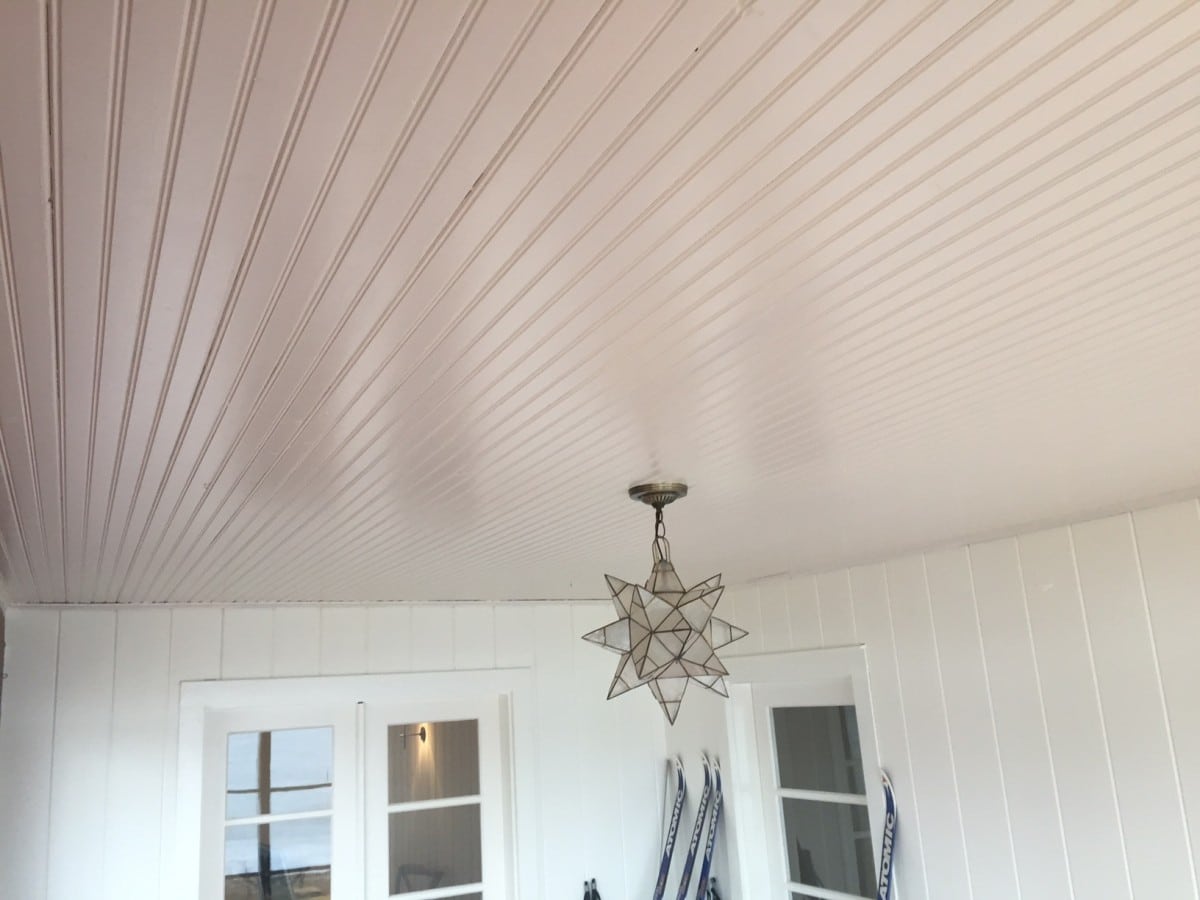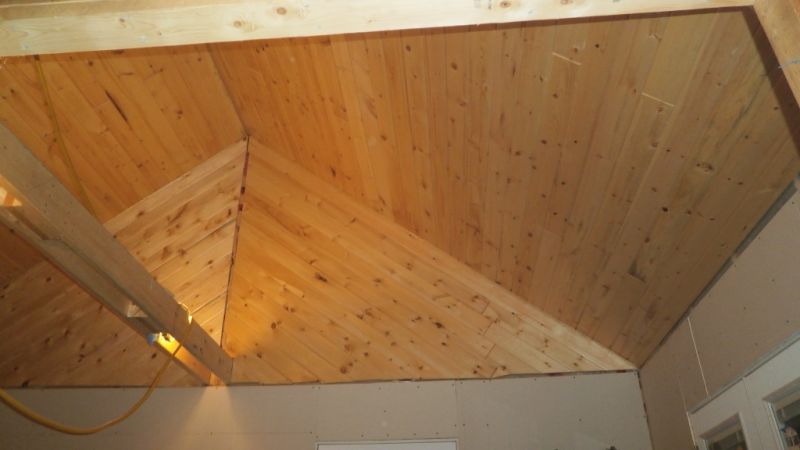Vapor Barrier Tongue And Groove Ceiling

I am attaching the planks directly to the bottom of trusses.
Vapor barrier tongue and groove ceiling. Gba has long advised people installing a tongue and groove board ceiling to first install an air barrier of gypsum drywall. If you pay attention to airtightness when you install your air barrier you don t have to worry very much about vapor diffusion. Now i m a real fan ha ha of controlled mechanical ventilation to limit interior moisture levels in cold and mixed climates as well as to. The best air barrier under tongue and groove boards is a layer of gypsum wallboard.
Don t forget to use airtight electrical boxes and to seal all of the air leaks at all penetrations. Whether or not you need a vapor retarder hinges on three main factors your climate your home and the location of the wall you re insulating. To know if you need a vapor retarder ask yourself a few basic questions. The ceiling boards have a noticeable gap at the tongue and groove.
The article includes this advice. I am concerned with air dust dirt leakage between the planks. My thought is to remove the batts and install 1 foil faced foam board foil towards the heated rooms then seal any gaps between the foam board and ceiling rafters. A vapor retarder is a material used to prevent water vapor from diffusing into the wall ceiling or floor during the cold winter.
It s also incorrect in a way. Should i have a vapor barrier between the planks and the blown in insulation. I am considering putting up poly or tyvek. The biggest air barrier blunder is to install tongue and groove boards as your finish ceiling without first installing taped.
That leads me to believe heated air may be escaping the rooms through the gaps.


